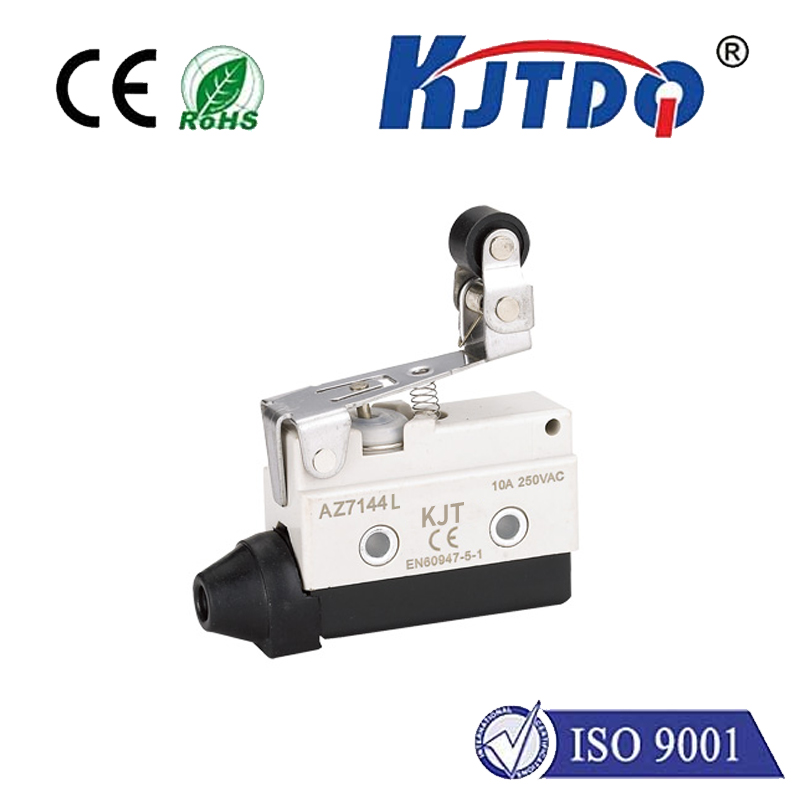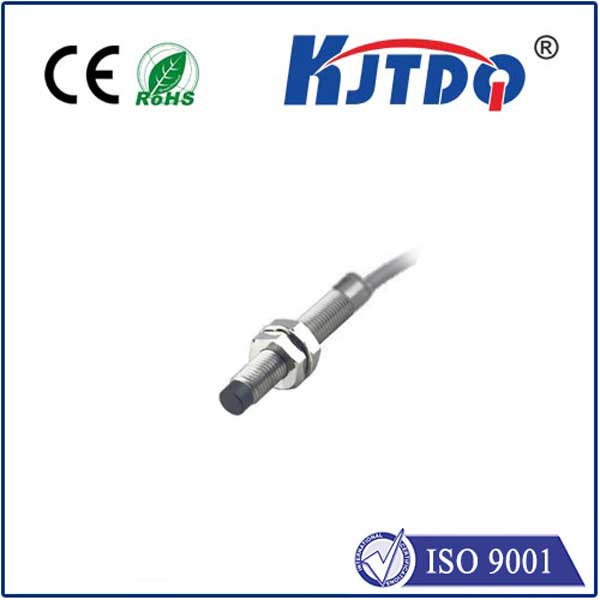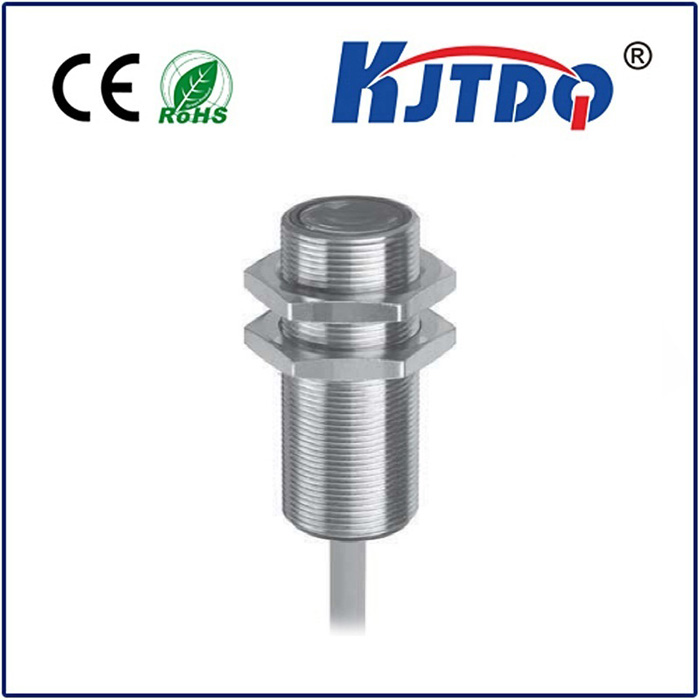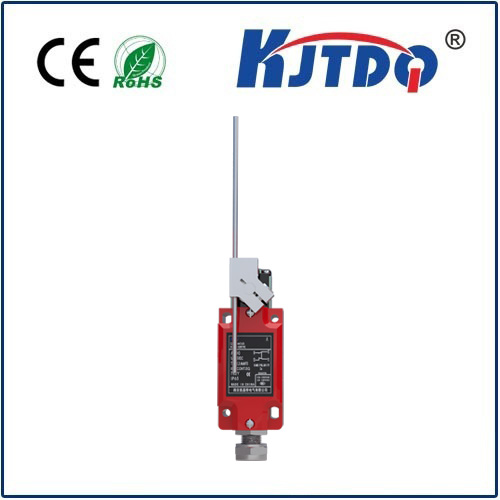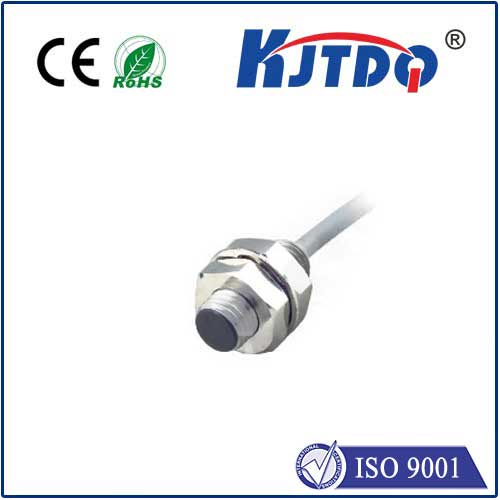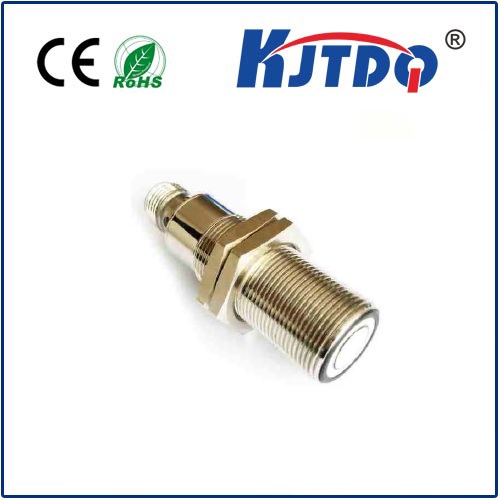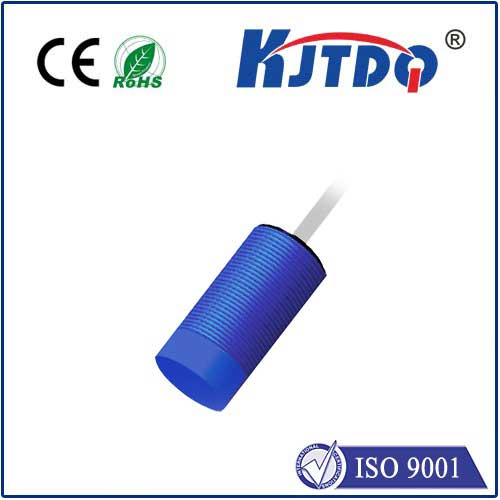high precision distance sensor
- time:2025-09-08 14:19:57
- Click:0
Beyond Millimeters: The Power and Progress of High Precision Distance Sensors
Imagine a robotic arm assembling a smartphone motherboard. Its movements need to be flawless, placing microscopic components with near-perfect accuracy. Or picture an autonomous vehicle navigating a rain-slicked highway, requiring instant, reliable data on the distance to the car ahead – down to a fraction of a centimeter. The unsung hero enabling these feats of modern engineering? The high precision distance sensor.
Moving far beyond simple proximity detection, these sophisticated devices are engineered for exceptional accuracy, stability, and resolution, often achieving measurements in the micrometer (µm) or even nanometer (nm) range. They represent a critical class of sensors where minute differences matter immensely, powering advancements across industries demanding unparalleled measurement fidelity.
Unpacking the Measurement Revolution: Core Principles
While numerous technologies exist, several dominate the high-precision landscape, each with distinct strengths:

- Laser Triangulation: This widely used method projects a laser point onto a target. A high-resolution image sensor (like a CMOS or CCD camera) captures the reflected light spot. The sensor calculates the distance by analyzing the precise position of the spot on the detector relative to the laser source. Its non-contact nature, relatively fast response, and capacity for micron-level resolution make it ideal for surface profiling, thickness gauging, and position control in manufacturing automation.
- Confocal Chromatic Sensor: This ingenious technique uses a multi-lens optical system to disperse white light into a spectrum of wavelengths. Each wavelength focuses at a specific, known distance along the measurement axis. The sensor analyzes the wavelength of the light reflected back from the target surface to determine the exact distance with incredible precision. It excels at measuring highly reflective, transparent, or challenging surfaces (like liquids or glass) and achieves sub-micron resolution.
- Laser Interferometry: Representing the pinnacle of displacement measurement, interferometers use the phenomenon of light wave interference. A beam splitter divides a coherent laser beam into a measurement beam (reflected off the target) and a reference beam. When they recombine, their interference patterns create precise, countable fringes. By counting these fringes as the target moves, distances are measured with potentially nanometer resolution. This is the gold standard for applications like semiconductor manufacturing metrology and calibration standards.
- (High-End) Time-of-Flight (ToF): While common ToF sensors often provide moderate precision for presence detection, specialized high-precision variants use pulsed lasers and ultra-fast detectors to measure flight time with extreme accuracy. Advanced signal processing allows resolutions reaching the micrometer range over shorter distances, useful in certain logistics and automation tasks requiring speed and precision. Ultrasonic sensors with highly focused beams and sophisticated echo analysis can also achieve better-than-average precision in specific scenarios, though usually less than laser-based methods.
The Indispensable Edge: Why High Precision Matters
The value proposition of these sensors is clear and compelling:
- Exceptional Accuracy & Resolution: This is their defining characteristic. Delivering measurements reliably within tight tolerance bands (µm or even nm level) is non-negotiable for processes where a micron can mean the difference between success and costly failure.
- Superior Stability & Repeatability: High-precision sensors are engineered to minimize drift over time and temperature variations. They deliver consistent readings under demanding operating conditions, ensuring repeatable process quality crucial for automated production lines.
- Non-Contact Measurement: Vital for measuring delicate, moving, or sensitive objects (like semiconductor wafers, thin films, or biological samples) without physical influence or damage.
- High Speed: Many high-precision sensors offer rapid data acquisition rates, enabling real-time control in high-velocity applications like robotics or continuous process monitoring.
Where Microns Define Success: Critical Applications
The unique capabilities of high-precision distance sensors drive innovation and quality control in numerous demanding fields:
- Industrial Automation & Robotics: Essential for precision assembly (electronics, aerospace), robotic guidance for welding/painting, dimensional inspection (gauging thickness, width, height), position control in CNC machinery, and collaborative robot safety sensing requiring nuanced proximity detection.
- Semiconductor Manufacturing: The foundation of chip fabrication metrology. Used for wafer alignment (lithography), bump height measurement, overlay control, and inspecting microscopic circuit features – where nanometer-level accuracy is paramount.
- Quality Control & Metrology: Powering Coordinate Measuring Machines (CMMs), surface profilometers, and dedicated inline inspection systems. They verify component dimensions, detect defects, and ensure compliance with stringent specifications.
- Scientific Research: Enabling particle tracking, material deformation studies, vibration analysis, and positioning within complex experimental setups (e.g., particle accelerators, microscopy stages).
- Medical Devices: Found in high-resolution medical imaging equipment for patient positioning, advanced surgical robotics providing haptic feedback, and precise diagnostic instruments.
Navigating Selection: Key Considerations
Choosing the right high-precision sensor requires careful analysis:
- Required Accuracy & Resolution: Define the smallest measurable increment needed.
- Measuring Range: Determine the minimum and maximum distances the sensor needs to cover.
- Target Surface: Consider properties like color, reflectivity, transparency, and material type (metal, plastic, glass, liquid). Confocal sensors often handle difficult surfaces best.
- Operating Environment: Account for temperature fluctuations, vibrations, dust, humidity, and exposure to chemicals.
- Required Speed (Sampling Rate): How quickly must measurements be taken?
- Output Interface: Ensure compatibility with existing control systems (analog voltage/current, digital I/O, serial protocols like RS-232⁄485, Ethernet-based like EtherCAT, or fieldbuses like PROFIBUS/Modbus).
- Form Factor & Integration: Consider size constraints and mounting requirements.
The Future Measured in Microns
The trajectory for high-precision distance sensing is one of continuous advancement. We anticipate sensors becoming faster, smaller, and even more precise. Integration with artificial intelligence (AI) and machine learning (ML) will enable smarter data analysis for predictive maintenance and enhanced process optimization. Techniques like multi-sensor fusion will provide richer spatial understanding. Miniaturization will open doors to new applications within consumer electronics, highly integrated medical implants, and increasingly sophisticated micro-robotics.
From ensuring the flawless production of tomorrow’s microchips to guiding life-saving surgical interventions and enabling the next leap in intelligent automation, high-precision distance sensors are fundamental tools shaping our technological landscape. Their ability to reliably measure the infinitesimally small underpins the creation of the incredibly complex and powerful devices defining the future.






